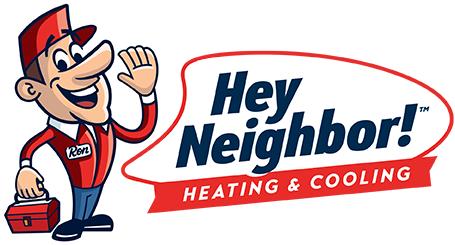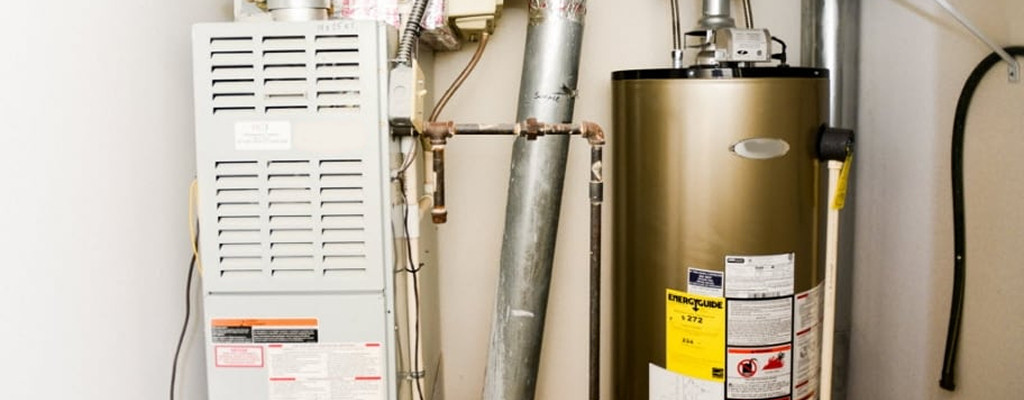When you purchase a new furnace system, efficiency ratings absolutely should influence your decision to a great extent. A system’s efficiency rating helps to determine how much it will cost to heat your home. The higher the rating, the greater amount of heat is generated for the amount of energy used.
Also, you should consider the costs of the fuel used. Electric furnaces are very efficient, but the cost of electricity doesn’t make them the best heating choice.
How efficiency is measured
Annual Fuel Utilization Efficiency rating (AFUE) tells you how much heat the furnace produces, compared to how much energy is used to generate the heat. If a furnace is rated at 85% AFUE, 15% of the energy used is lost, and 85% actually becomes heat.
This rating doesn’t include a figure for potential heat loss through ductwork, though. You might not know that ducts running through attic areas can lose up to 35% of a system’s heating efficiency. A unit’s rating can’t account for this loss because ductwork varies in homes.
Many older units don’t have ratings
The Federal Trade Commission (FTC) requires furnace manufacturers to include AFUE ratings on all new units. Unfortunately, older models may not have a rating, or the big yellow EnergyGuide tag may have been removed. Fortunately, you can get a rough estimate of the efficiency rating for your furnace.
You can identify low-efficiency furnaces by the presence of a continuous pilot light. This style of furnace requires the pilot light to be relit if it goes out. These systems are also often gravity-based: They rely on drafts (heat rises) to distribute warmth. These units tend to be between 50% to 70% efficient. An older furnace might have an aftermarket blower installed, but it’ll still be identifiable by the octopus-style ductwork.
Mid-range models have a fan that controls the airflow. These models utilize an electronic ignition, so there’s no need to relight a pilot light. Efficiency for these systems ranges between 80% and 83%. High-efficiency units use two heat exchangers. Condensing units remove water from the exhaust gas and then send the gas through the second exchanger for greater efficiency. The combustion units are sealed. You can expect 90% to 98.5% efficiency.
Should you replace your furnace?
The older your furnace is, the sooner we recommend that you replace it. It might have been state-of-the-art in 1985, but it’s now 32 years old – and its efficiency rating can’t come close to matching today’s efficient models. Consider other factors as well as its age: Was it maintained well? Have you been having any problems with it, such as uneven heating or unusual noises? Has your heating bill increased significantly? These indicate that it’s probably time for a new unit.
You’ll also want to weigh the short-term versus the long-term. While you can purchase a less-efficient model, you won’t see maximum energy savings. High-efficiency systems are more expensive in your initial purchase, but you’ll save a significant amount in fuel costs over the unit’s lifespan. Our expert HVAC professionals can help you choose the best system for your needs!


Comments are closed